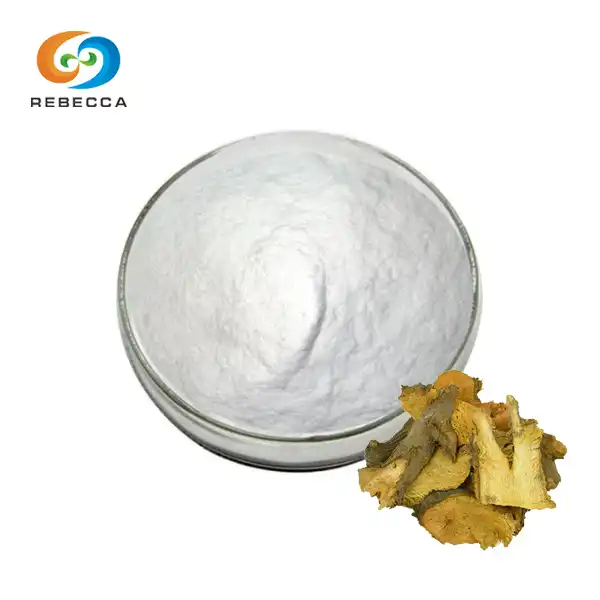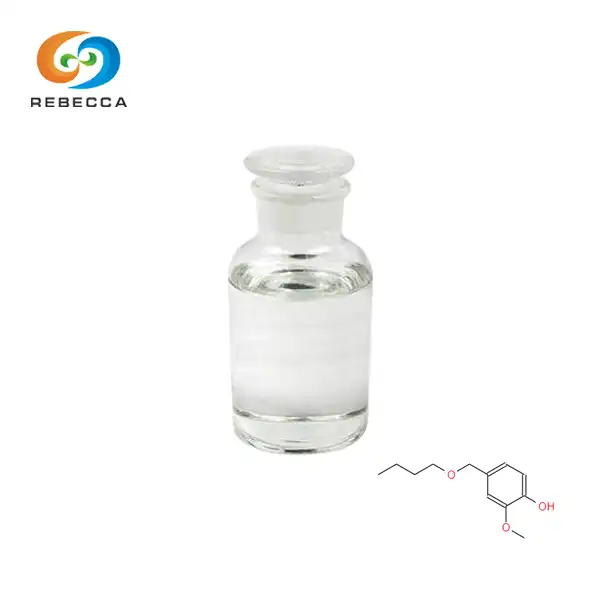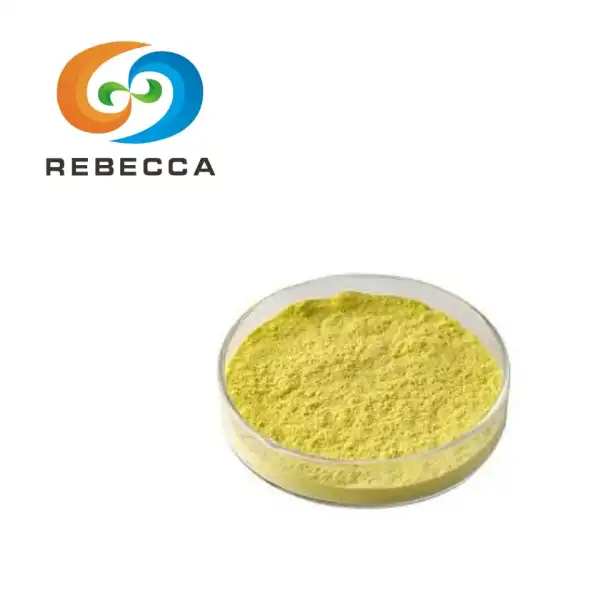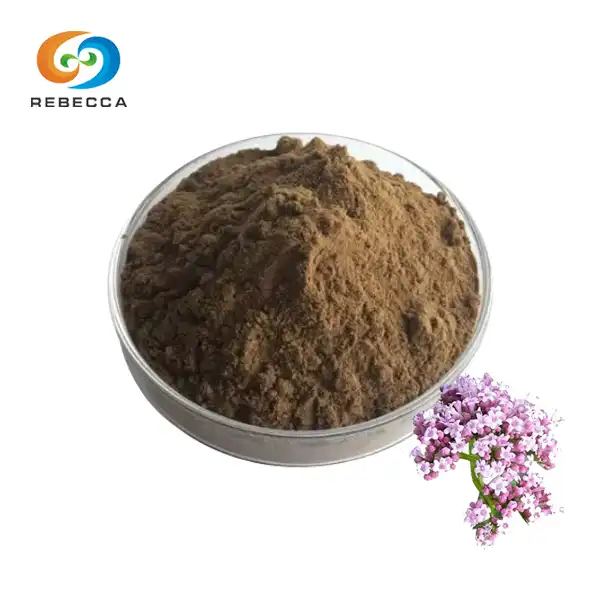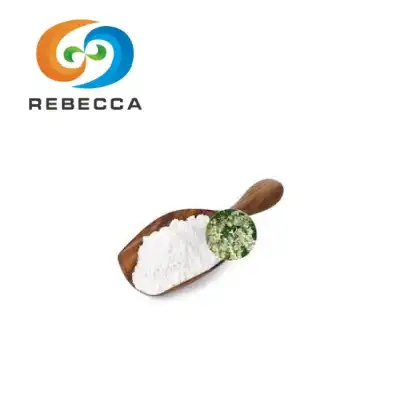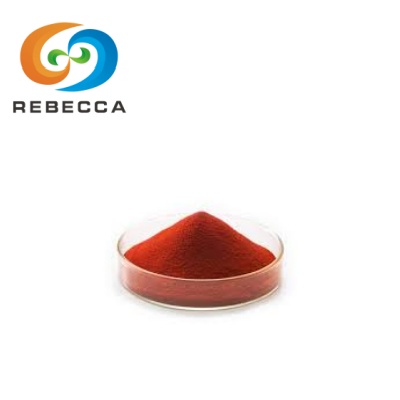What is the solubility of nonivamide?
nonivamide-powder">nonivamide powder also referred to as pelargonic acid vanillylamide or PAVA, is a capsaicinoid compound that has attracted interest from a variety of sectors due to its distinctive properties. To make its effective use in a variety of applications, including pharmaceuticals and food additives, it is essential to comprehend its solubility. This comprehensive guide will discuss its solubility properties, the factors that influence its dissolution, and the significance of this knowledge for its practical applications.
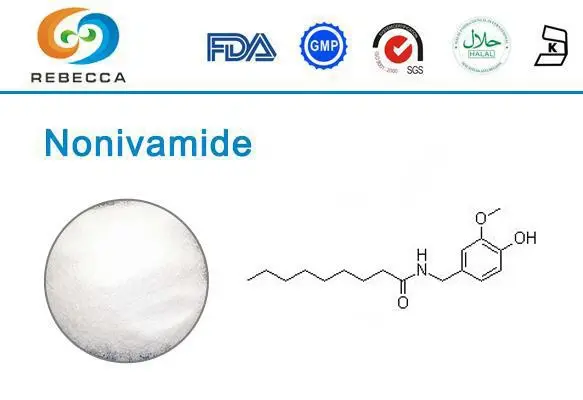
Which Solvents are Nonivamide Soluble?
The fact that nonivamide has varying degrees of solubility in various solvents is crucial information for professionals working with this compound, including researchers, manufacturers, and others. Let's look at how well it dissolves in various common solvents:
Organic Chemicals: Numerous organic solvents exhibit excellent solubility for nonivamide. It easily dissolves in alcohols like ethanol, methanol, and others. Additionally, the substance is highly soluble in chloroform, acetone, and dimethyl sulfoxide (DMSO). When working with nonivamide, these organic solvents are frequently utilized in industrial processes and laboratory settings.

Lipids and oils: It is well soluble in a variety of oils and lipids due to the structural similarity it shares with capsaicin. It is suitable for use in oil-based formulations like creams, ointments, and some food products due to this property. Vegetable oils, mineral oils, and synthetic lipids are all common oils used.
Water: Nonivamide powder is difficult to dissolve in water. It has a relatively low aqueous solubility at room temperature. However, certain conditions can be altered to enhance solubility in water, as will be discussed in the following section.
Glycol of propylene: Formulations for cosmetics and pharmaceuticals frequently incorporate this solvent. it is a good vehicle for some applications due to its moderate solubility in propylene glycol.
It is essential to keep in mind that temperature, pH, and the presence of other substances can all influence the precise solubility values. Consult the most recent scientific literature or carry out solubility tests under specific conditions that are relevant to the intended application for precise solubility data.
What Factors Affect the Solubility of Nonivamide?
Nonivamide's solubility can be significantly affected by a number of factors. To get the most out of its use in a variety of applications, it is essential to comprehend these aspects:
Temperature: it generally has a higher solubility at higher temperatures than many other substances. Increased molecular motion and the ability to break intermolecular bonds more easily at higher temperatures facilitate dissolution. Organic oils and solvents have a particularly noticeable effect on this.
pH: its solubility can be significantly affected by the pH of the solution, particularly in aqueous systems. Under certain pH conditions, the phenolic hydroxyl group in nonivamide can ionize. The formation of phenolate ions generally increases its solubility in environments that are more alkaline.
The polarity of solvents: their solubility is heavily influenced by the polarity of the solvent. it dissolves better in solvents with a similar polarity due to its moderate polarity. This explains why it dissolves well in alcohols and poorly in water.
Surfactants or Co-solvents in the mixture: its solubility in aqueous systems can be significantly improved by adding co-solvents or surfactants. the solubility can be enhanced, for instance, when ethanol or propylene glycol are dissolved in water. its apparent solubility in water can be improved by surfactants by encapsulating nonivamide molecules in micelles.
Size: Particles Particle size can have an impact on the dissolution rate and apparent solubility of solid nonivamide. Smaller particles have a higher surface area-to-volume ratio, resulting in faster dissolution and possibly higher apparent solubility in some circumstances.
Pressure: its solubility in gaseous solvents can be affected by pressure, although this effect is less noticeable in liquids. In most cases, increased solubility in gases results from higher pressures.
Ionic Potency: A phenomenon known as the "salting-out" effect can affect its solubility in aqueous solutions when salts or other ions are present. Organic compounds like nonivamide are less likely to dissolve in water at high ionic strengths.
Researchers and manufacturers can improve the solubility for specific applications by manipulating these variables. To achieve the desired solubility and stability of nonivamide, pharmaceutical formulations might make use of a combination of temperature control, pH adjustment, and the use of co-solvents.
Why is Understanding Nonivamide's Solubility Important for Its Applications?
Understanding nonivamide's solubility properties is essential for its efficient application across a variety of industries. Let's investigate the significance of this comprehension:
Drug Details: Nonivamide powder is being studied for its potential analgesic and anti-inflammatory properties in the pharmaceutical industry. It is necessary to have knowledge of its solubility in order to create effective drug delivery systems. The solubility in lipids and organic solvents is essential for topical applications like patches or creams. Predicting bioavailability of oral formulations requires an understanding of its behavior in gastrointestinal fluids.
Food processing: it is sometimes used in food products as a milder alternative to capsaicin. Its incorporation into various food matrices is determined by its solubility in various food-grade solvents and oils. Food technologists can use this information to produce products with consistent heat levels that are stable, uniform, and stable.
Chemical Analysis: Understanding the solubility is essential for developing precise analytical methods for researchers and professionals in quality control. This includes choosing the right solvents for extraction, making standard solutions, and making the chromatographic conditions for quantification the best possible ones.
Products for Personal Defense: Some personal defense sprays substitute nonivamide for conventional pepper spray compounds. The spray pattern, droplet size, and effectiveness of these products are all influenced by its solubility properties.

Agrochemicals in Use: its potential applications as a bird repellent and other pest control methods have been the subject of some studies. For the purpose of developing formulations that are both efficient and friendly to the environment, it is essential to have an understanding of its solubility.
Industrial Operations: In manufacturing settings, understanding the solubility is essential for developing effective production procedures. This includes choosing the right solvents for the synthesis, purification, and formulation of the final product.
Environmental Factors to Consider: For assessing its potential impact on the environment, it is essential to comprehend its solubility in water and other environmental matrices. For the development of appropriate strategies for handling, disposal, and remediation, this information is essential.
Development and Research: A thorough comprehension of the solubility behavior of nonivamide is essential for researchers looking into potential new applications. This information informs the creation of novel formulations or delivery systems, assists in predicting interactions with other substances, and guides the design of experiments.
Professionals in a variety of fields can utilize this knowledge of its solubility to optimize its use, enhance product quality, enhance safety measures, and possibly discover new applications for this versatile compound.
Rebecca——Nonivamide Supplier
Rebecca Bio-Tech stands out as a leading manufacturer in China when it comes to acquiring high-quality nonivamide for a variety of uses. Rebecca Bio-Tech has established itself as a dependable supplier by being the nation's largest producer of nonivamide powder and by providing top-notch quality at competitive prices.
Rebecca Bio-Tech's impressive annual production capacity of 24 tons demonstrates their dedication to excellence. This significant result not only exhibits their capacity to satisfy huge scope need yet in addition mirrors their mastery and productivity in nonivamide fabricating processes.
Rebecca Bio-Tech has a number of advantages for businesses and researchers:
1. Quality Control: Rebecca Bio-Tech likely adheres to stringent quality control measures as a professional manufacturer to guarantee that its product meets industry standards and specifications.
2. Cost-effective Options: They are able to produce nonivamide on a large scale, allowing them to offer it at competitive prices, which can be especially helpful to businesses trying to cut costs.

3. Accurate Supply: Rebecca Bio-Tech is well-positioned to supply a steady and consistent supply to meet ongoing demand due to its significant annual production quantity.
4. Expertise: Rebecca Bio-Tech probably has a lot of knowledge about the product, including its properties, applications, and handling requirements, because it is a specialized manufacturer. Customers looking for custom solutions or technical support may benefit from this expertise.
5. Possibilities for Personalization: Rebecca Bio-Tech may be able to provide customized grades or specifications to meet specific customer requirements due to their focus on production.
It is essential to have a dependable supplier of high-quality nonivamide for a variety of industries, including pharmaceuticals and food additives. Because Rebecca Bio-Tech is the biggest manufacturer of nonivamide powder in China, they are a good choice for businesses and researchers looking for this substance. Please get in touch with: for more information. information@sxrebecca.com
References
1. Fang, J. Y., & Wu, P. C. (2018). Enhanced transdermal delivery of nonivamide by terpenes and microemulsions: in vitro and in vivo evaluations. Journal of Drug Delivery Science and Technology, 43, 401-407.
2. Rollyson, W. D., Stover, C. A., Brown, K. C., Perry, H. E., Stevenson, C. D., McNees, C. A., ... & Dasgupta, P. (2014). Bioavailability of capsaicin and its analogues. Molecules, 19(11), 17897-17921.
3. Barbero, G. F., Liazid, A., Palma, M., & Barroso, C. G. (2008). Ultrasound-assisted extraction of capsaicinoids from peppers. Talanta, 75(5), 1332-1337.
4. Reilly, C. A., Crouch, D. J., & Yost, G. S. (2001). Quantitative analysis of capsaicinoids in fresh peppers, oleoresin capsicum and pepper spray products. Journal of Forensic Science, 46(3), 502-509.
5. Othman, Z. A., Ahmed, Y. B., Habila, M. A., & Ghafar, A. A. (2011). Determination of capsaicin and dihydrocapsaicin in Capsicum fruit samples using high performance liquid chromatography. Molecules, 16(10), 8919-8929.
6. Kopec, S. E., DeBellis, R. J., & Irwin, R. S. (2002). Chemical analysis of freshly prepared and stored capsaicin solutions: implications for tussigenic challenges. Pulmonary Pharmacology & Therapeutics, 15(6), 529-534.
7. Zhu, Y., Li, Z., Chen, J., Liu, Y., & Lu, A. (2017). Solubility enhancement of nonivamide using solid dispersion technique. Asian Journal of Pharmaceutical Sciences, 12(6), 568-577.
